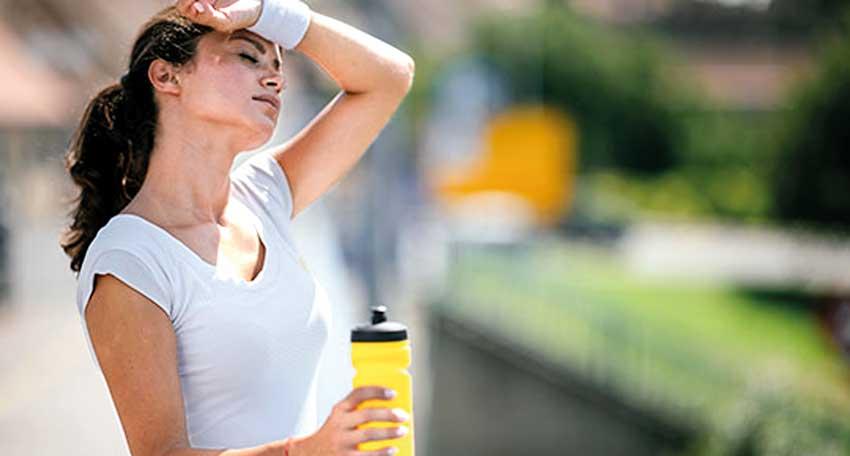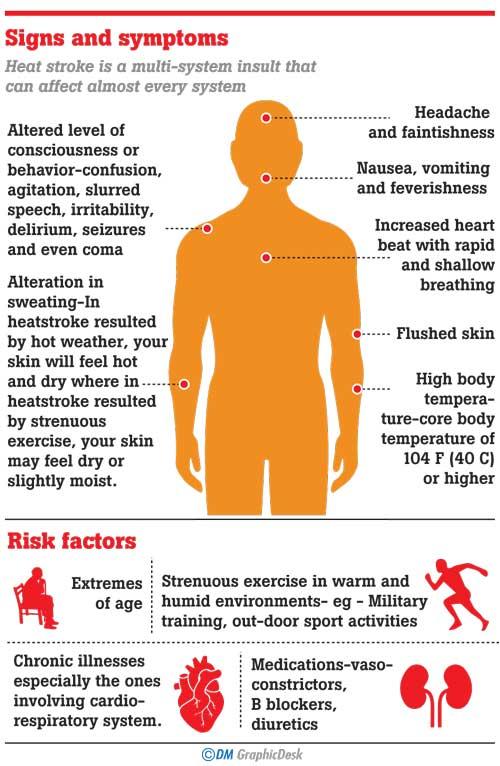Reply To:
Name - Reply Comment

 Sun is right above the pearl of the Indian Ocean as the latest news underscores. The rays that the sun emits enlightens our lives, but how do we deal with it’s unbearable heat during certain months? Yes, its that time of the year when Sri Lankans are at a higher risk of getting affected by various health conditions following the exposure to sun.
Sun is right above the pearl of the Indian Ocean as the latest news underscores. The rays that the sun emits enlightens our lives, but how do we deal with it’s unbearable heat during certain months? Yes, its that time of the year when Sri Lankans are at a higher risk of getting affected by various health conditions following the exposure to sun.
“Heat illness is considered as a continuum of illnesses which describe the body's inability to cope up with heat. It includes minor illnesses like heat edema (swelling), heat rash, heat cramps, heat tetany, as well as heat syncope and heat exhaustion. Heat stroke which is defined as, a body temperature higher than 40°C (104°F) associated with neurological dysfunction is considered as the severest heat related condition one would come across” explains Dr Solith Senanayake, Senior Registrar in Cardiology, lecturer in Pharmacology, Faculty of Sri Jayawardhanapura.
There are two types of Heat strokes.
1. Exertional heat stroke (EHS)-affects young individuals, engaging in strenuous physical activity for a prolonged period in hot environments.
2. Classic non-exertional heat stroke (NEHS)- usually affects elderly individuals, chronically ill patients and children following the exposure to hot and humid environments for prolonged periods.
“With the current trends of global warming, it is predicted that the incidence of heat stroke also become more prevalent. Despite wide variations in ambient temperatures, humans and other mammals can maintain a constant body temperature by balancing heat gain with heat loss.But when heat gain overwhelms the body's mechanisms of heat loss, body temperature rises, leading to heat stroke” the doctor explains.
Excessive heat destroys body matter resulting in cardiovascular collapse, multi-organ failure and even death.
Risk factors
Heat stroke which is defined as, a body temperature higher than 40°C (104°F) associated with neurological dysfunction is considered as the severest heat related condition one would come across
Signs and symptoms
Heat stroke is a multi-system insult that can affect almost every system. Commonest signs and symptoms include,
Treatment
“Heat stroke is a medical emergency and continues to be one of the leading causes of preventable death in sports. Rapid reduction of the core body temperature is the cornerstone of treatment as the duration of hyperthermia is the primary determinant of outcome” says Dr Senanayake.
Without prompt and proper treatment affected individuals could end up with vital organ damage. So it is highly important to be aware of afore-mentioned signs and symptoms related to heat stroke.
Once the condition is suspected cooling must begin immediately and must be continued with.
Prevention
hats, sunglasses and use a broad-spectrum sunscreen with an SPF of at least 15, applying
(more than 6.7 C) in 10 minutes. This remains the same even if the glasses are cracked or the vehicle is parked in a shaded space.